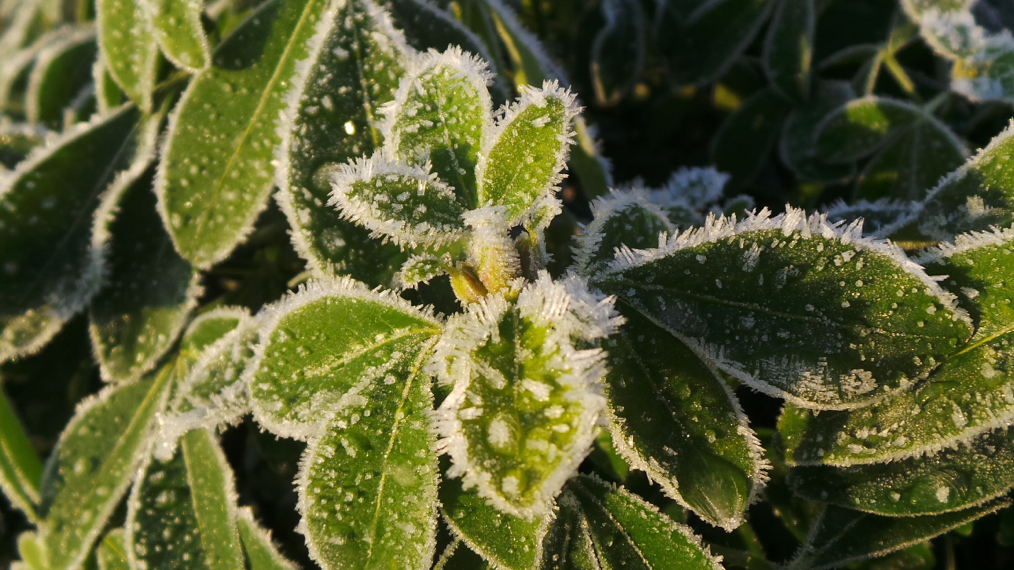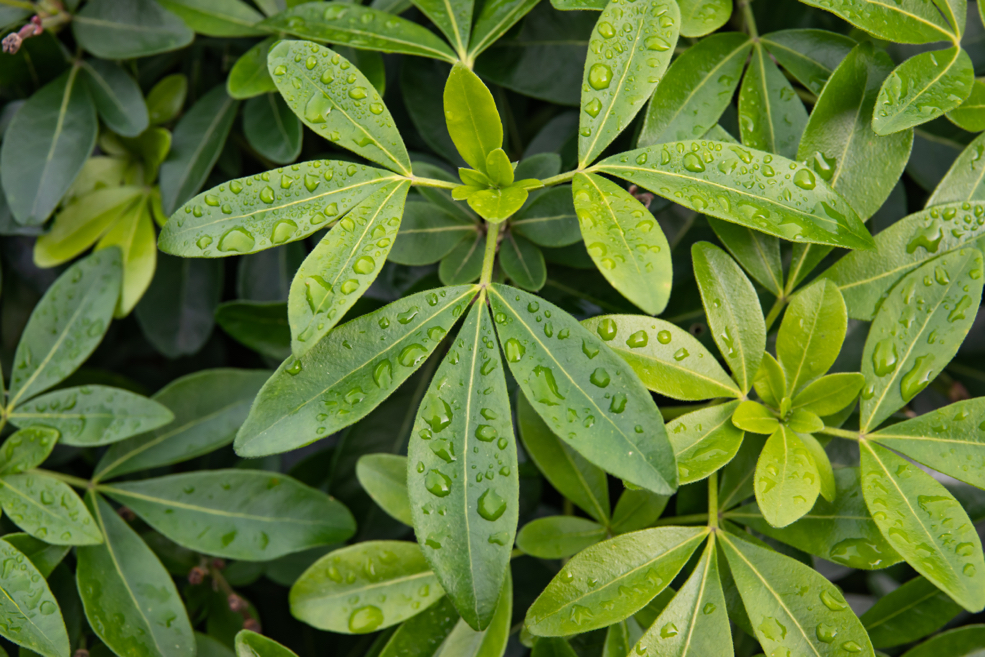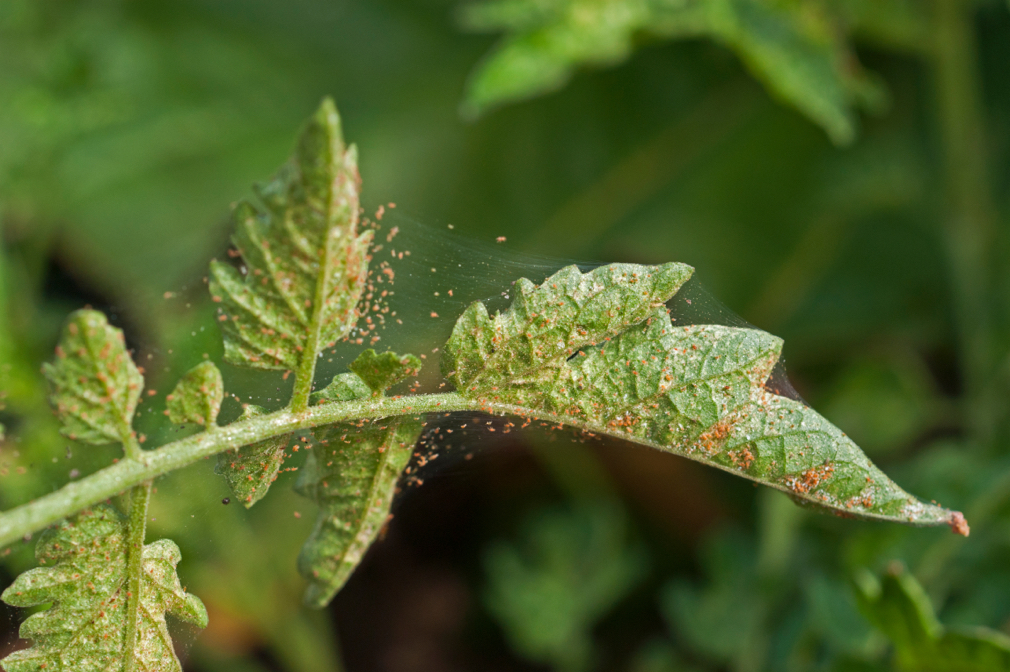Yellow Leaves On Your Choisya? Check Your Environmental Conditions Say Gardeners

SHRUBS > CHOISYA > YELLOWING-LEAVES

Elizabeth is a Permaculture Garden Designer, Sustainability Consultant and Professional Writer, working as an advocate for positive change. She graduated from the University of St. Andrews with an MA in English and Philosophy and obtained a Diploma in Applied Permaculture Design from the Permaculture Association.
Reviewed By COLIN SKELLY

Colin is a Horticulturist and Horticultural Consultant with experience in a range of practical and managerial roles across heritage, commercial and public horticulture. He holds the Royal Horticultural Society’s Master of Horticulture award and has a particular interest in horticultural ecology and naturalistic planting for habitat and climate resilience.
CHOISYA GUIDES
Container Growing
Pruning
Soil Requirements
Varieties
Yellowing Leaves
Yellow leaves are often a sign that something is wrong with your choisya shrub.
The challenge can be working out precisely what the problem could be.
First of all, it is important to note that some choisya cultivars do actually have yellow leaves at certain times.
For some types, yellow leaves in spring or leaves that turn yellow in autumn can be perfectly normal.
However, if leaves are yellow at other times, are drooping, or are not on a type that typically has yellow leaves, this can be due to:
- Frost damage
- Transplantation shock
- Overwatering
- Fungal diseases
- Pests
Read on to understand these causes in more detail.
1) Frost Damage
Cold weather and drying winds in winter can cause foliage damage on choisyas, which can lead to yellow or brown leaf tips or even larger areas of dieback in more extreme cases.

Choisyas can often make it through the winter unscathed in the UK, but do need to be in a sheltered position, and may need to be moved undercover if growing in containers, especially in colder regions or more severe winters.
2) Transplantation Shock
Yellow leaves can be a sign, also, of transplantation shock.
If a choisya plant is moved, it can be slow to recover, and roots may easily be damaged.
A choisya may also experience shock if moved outdoors too suddenly from an indoors or undercover location.

“If you decide to transplant a choisya, try to get as much of the root ball as possible by digging carefully around and under the plant,” explains Colin Skelly, a Master Horticulturist as declared by the RHS.
“It would also help to prune back the growth at the time of transplanting as the root mass available to support this growth will suddenly be dramatically reduced.
“The best time to transplant is in the autumn when the soil is still warm to allow for root growth but avoiding heat stress.”
A sudden change in the environmental conditions can lead to shock and cause leaves to turn yellow.
3) Overwatering
Another common cause of yellow leaves is an issue with water.
Drought conditions can cause leaves to droop and turn yellow or brown and dry.
However, more commonly, yellow leaves can be a sign of either excessive watering or a problem with drainage that causes waterlogged conditions.

In either case, the issue is that roots are not able to transmit water to the leaves as they should – either because there is not sufficient water in the soil or growing medium, or because roots are damaged by rot in wet and waterlogged conditions.
4) Fungal Diseases
Root rot can be caused by water-logging alone, but these conditions can also cause a fungal infection to set in.
Other fungal diseases like verticillium wilt can also damage the roots and mean that leaves turn yellow because water and nutrients cannot reach them properly.
Some other fungal infections in the leaves can also cause them to take on a mottled and yellowish appearance.
5) Pests
Leaves may also turn yellow when they are attacked by sap-sucking pests, so take a look at the leaves, both the tops and undersides, to see whether you can identify any pest species on your choisyas.

Fortunately, choisyas are not bothered by many pests, but scale insects and spider mites, along with slugs and snails, can occasionally become a problem.
